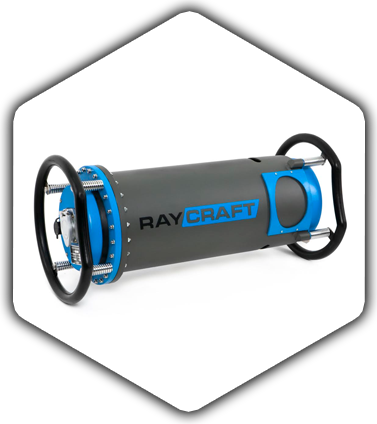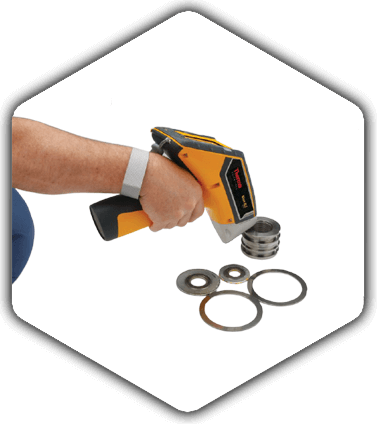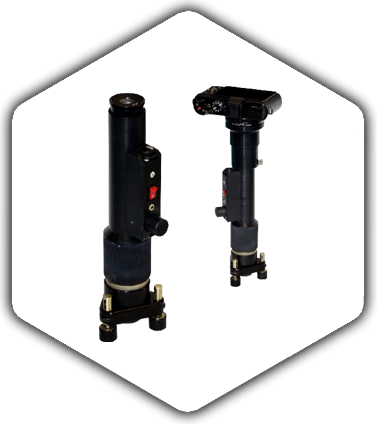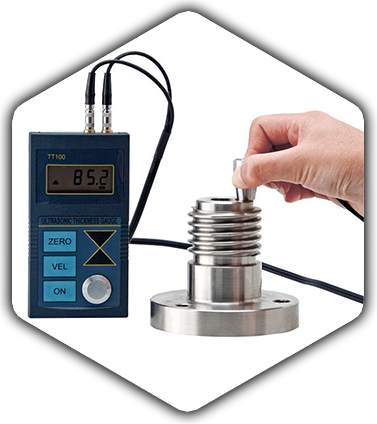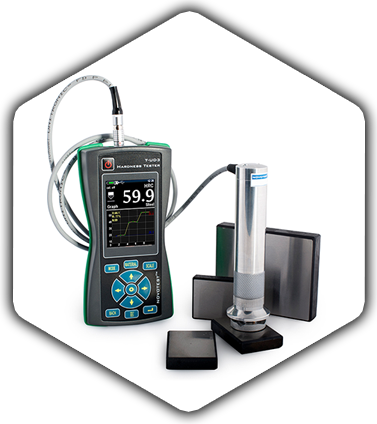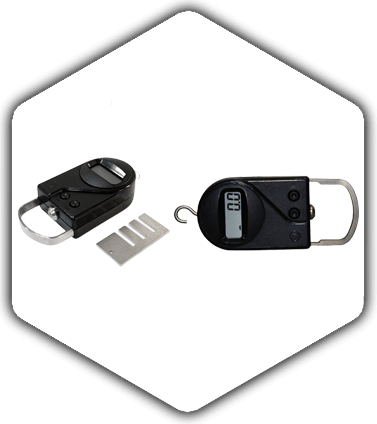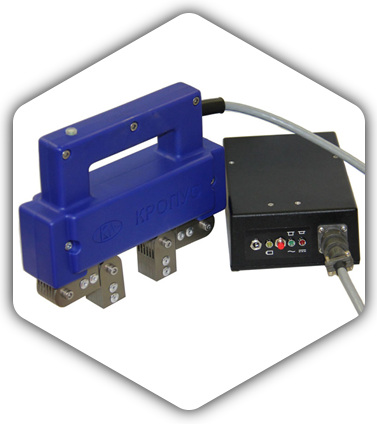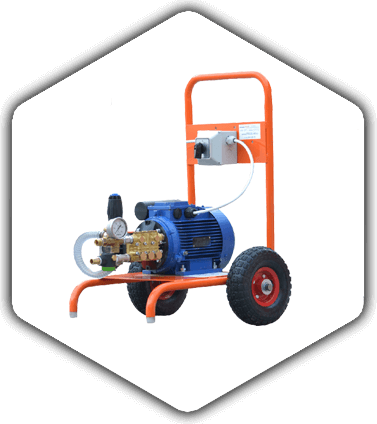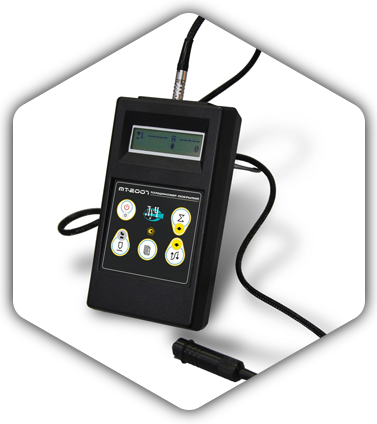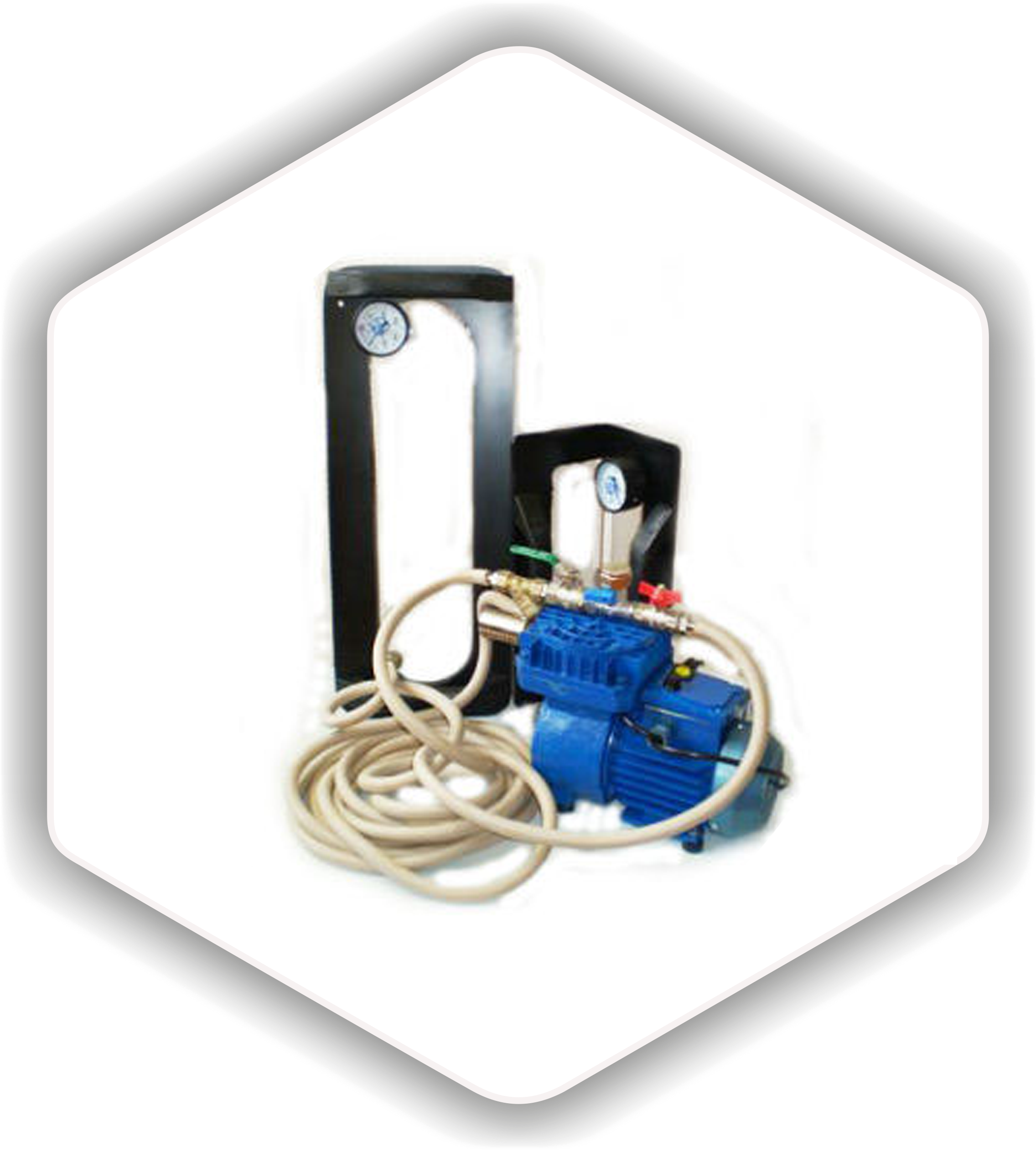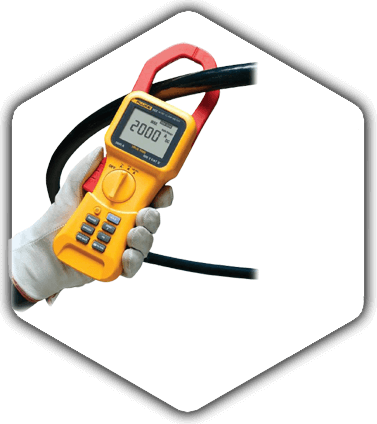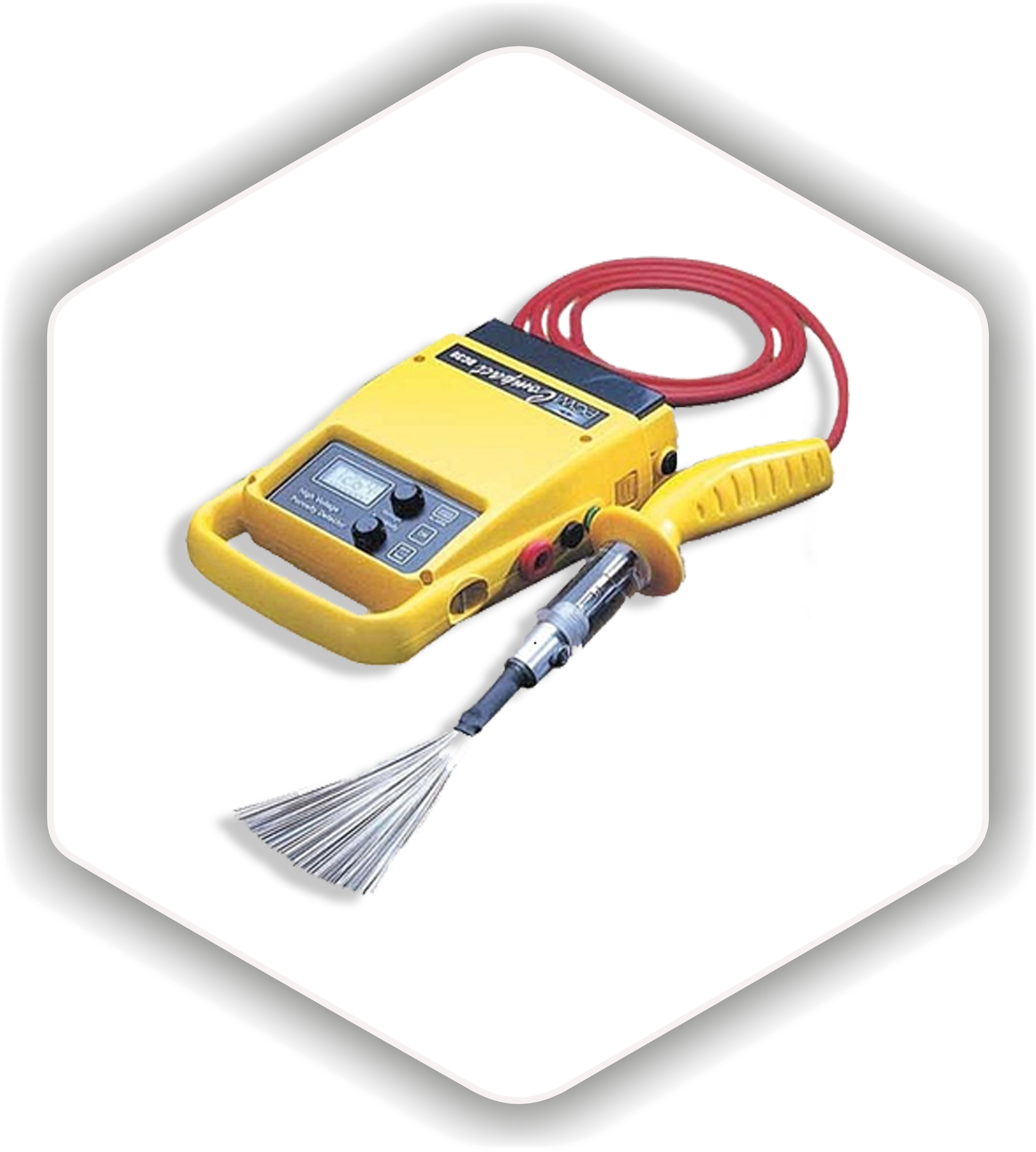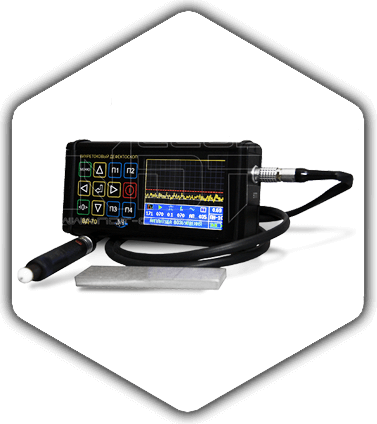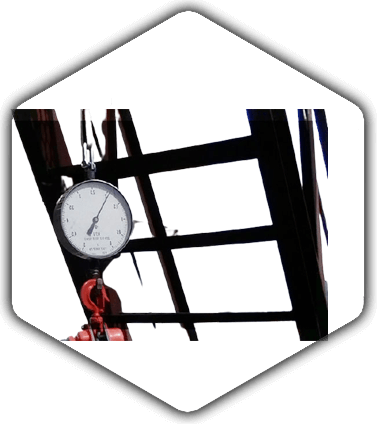Impact Toughness Testing
Impact toughness testing is a mechanical testing method used to determine a metal product’s ability to resist failure under sudden impact. It evaluates the energy absorbed by a specimen at the moment of fracture, reflecting the material’s toughness and resistance to brittle failure under abrupt and short-term loading. This method is particularly critical for materials operating at low temperatures or under dynamic loads.
Method Description
1. Specimen Preparation
• Specimens are prepared in standard shapes, most commonly with V- or U-shaped notches. These notches act as stress concentrators, initiating fracture.
• The notch facilitates the evaluation of material brittleness by reducing its resistance at the point of impact.
2. Testing Process
• A pendulum impact tester is used for the test.
• The pendulum is raised to a specific height and then released to strike the specimen.
• Upon impact, the pendulum fractures the specimen, and the energy expended in breaking it is measured.
3. Measured Parameters
• Fracture Energy: The amount of energy absorbed by the specimen up to the point of failure. This parameter, measured in joules, indicates the material’s toughness.
• Impact Toughness: Calculated as the ratio of fracture energy to the cross-sectional area at the notch. A higher value signifies greater toughness and resistance to impact.
4. Temperature Conditions
• For metallic materials, especially steel, impact toughness can vary significantly with temperature.
• Tests are conducted at different temperatures to assess temperature brittleness and material behavior under operational conditions at both low and high temperatures.
Applications of the Method
Impact toughness testing is widely applied in metallurgy, construction, mechanical engineering, and other industries where components and structures are subject to dynamic loads and operate in challenging environmental conditions. The method assesses material resilience to sudden impacts and helps determine its tendency to brittle failure.
Tel. +7 (7212) 996606,
Tel. +7 (708) 4360630
M02F3P7, Republic of Kazakhstan,
Karaganda region, Karaganda,
st.Navigational 7, housing 2
E-Mail: info@ardcon.kz
